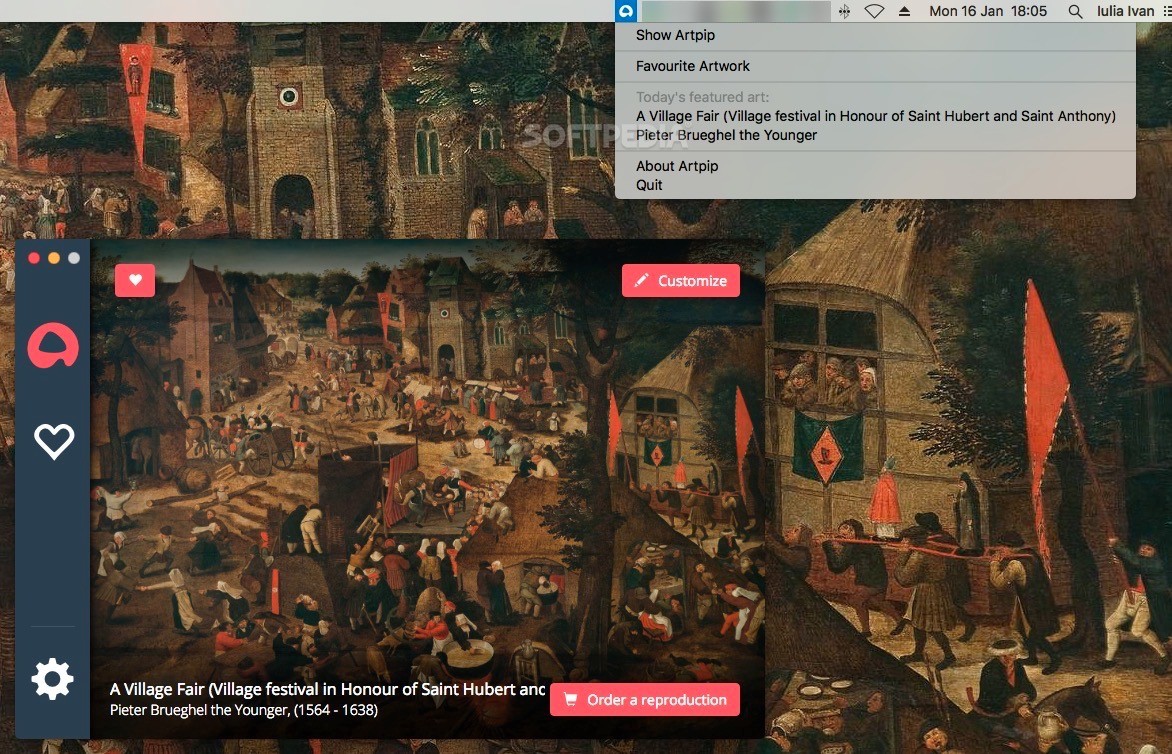
Writers for The Independent and the Financial Times have noted the attempts of art pop music to distance its audiences from the public at large. According to critic Stephen Holden, art pop often refers to any pop style which deliberately aspires to the formal values of classical music and poetry, though these works are often marketed by commercial interests rather than respected cultural institutions. Frith states that it was "more or less" directly inspired by Pop art.

Ĭultural theorist Mark Fisher wrote that the development of art pop evolved out of the triangulation of pop, art, and fashion. It is, if you like, a way of making pure formalism socially acceptable in a pop context. The Independent 's Nick Coleman wrote: "Art-pop is partly about attitude and style but it's essentially about art. Central to particular purveyors of the style were notions of the self as a work of construction and artifice, as well as a preoccupation with the invention of terms, imagery, process, and affect. Sociomusicologist Simon Frith has distinguished the appropriation of art into pop music as having a particular concern with style, gesture, and the ironic use of historical eras and genres. The style emphasizes the manipulation of signs over personal expression, drawing on an aesthetic of the everyday and the disposable, in distinction to the Romantic and autonomous tradition embodied by art rock or progressive rock. The 2010s saw new art pop trends develop, such as hip hop artists drawing on visual art and vaporwave artists exploring the sensibilities of contemporary capitalism and the Internet.Īrt pop draws on postmodernism's breakdown of the high/low cultural boundary and explores concepts of artifice and commerce. Īrt pop's traditions would be continued in the late 1970s and 1980s through styles such as post-punk and synthpop as well as the British New Romantic scene, developing further with artists who rejected conventional rock instrumentation and structure in favor of dance styles and the synthesizer. The style would experience its "golden age" in the 1970s among glam rock artists such as David Bowie and Roxy Music, who embraced theatricality and throwaway pop culture. English art pop musicians drew from their art school studies, while in America the style drew on the influence of pop artist Andy Warhol and affiliated band the Velvet Underground. Starting in the mid 1960s, British and American pop musicians such as Brian Wilson, Phil Spector, and the Beatles began incorporating the ideas of the pop art movement into their recordings. Art pop musicians may deviate from traditional pop audiences and rock music conventions, instead exploring postmodern approaches and ideas such as pop's status as commercial art, notions of artifice and the self, and questions of historical authenticity.

The genre draws on the pop art movement's integration of high and low culture and emphasizes the manipulation of signs, style, and gesture over personal expression. Mid 1960s, United Kingdom and United StatesĪrt pop (sometimes hyphenated or written as one word) is a loosely defined style of pop music influenced by art theories as well as ideas from other art mediums, such as fashion, fine art, cinema, and avant-garde literature. Not to be confused with Art Pope or Art Poe.


 0 kommentar(er)
0 kommentar(er)
